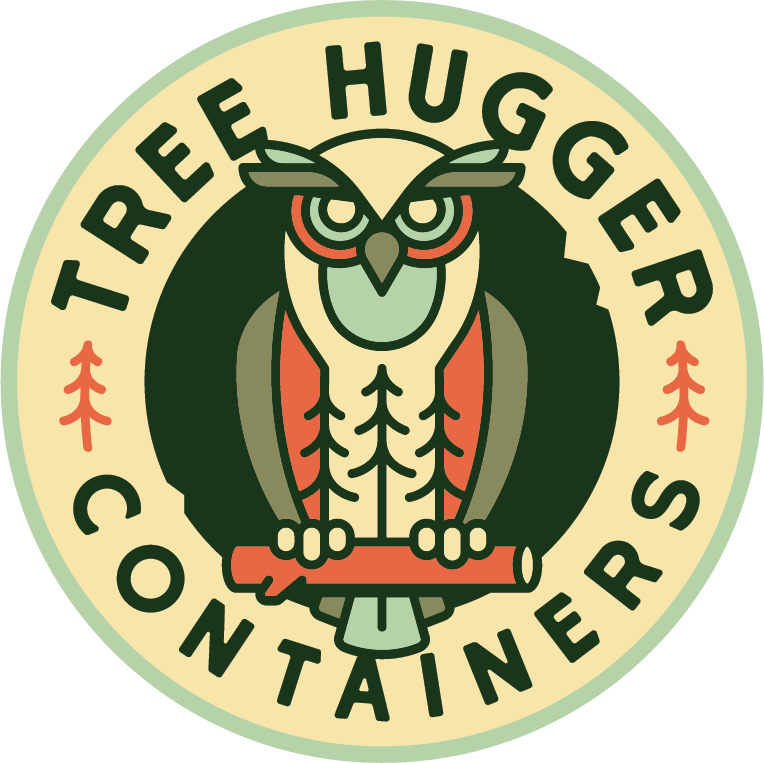Cannabis Calyxes: The Most Resinous Part of the Plant
Updated: 9/19/24
Knowing the ins and outs of a cannabis plant can help you ensure your harvest happens at the right time - an important part in that play the calyxes. What are they exactly? And why is knowledge about them important to a cannabis grower?
What Is a Calyx?
Calyxes are the first thing that forms once your cannabis plant enters the flowering stage - to protect the flower, your cannabis plant will grow a platform made of small leaves, also known as sepals. Calyxes are responsible for growing pistils (the plant’s reproductive organ) and trichomes.
The trichomes are arguably one of the most important parts of calyx, as that’s where the flower’s strength comes from - trichomes are resin glands where cannabinoids, terpenes, and flavonoids are formed. These compounds give the marijuana plant its psychoactive properties.
Why Care About Calyxes?
Now, both female and male plants have calyxes - however, as a cannabis grower, only the female calyxes, or more specifically, only female plants, will be of interest to you. It’s actually pretty simple to spot whether a plant is female or male, as female plants have white hairs that start to form during the flowering stage of the cannabis growth process, while male plants have pollen sacks.
The male plants should actually be removed to prevent pollination and ensure the buds you harvest from your female plants have maximum potency and are of the highest quality.
To explain it further, once the female plants get pollinated, they start to produce seeds. Those are not only hard to remove when preparing your cannabis buds for their new home, but a pollinated calyx can also cause your cannabis bud to develop an unpleasant taste and a crackling sound when smoked.
However, be careful not to mistake a pollen sack for a swollen or enlarged calyx, which is an indication that your cannabis plant is at its peak resin production and that it is more than ready to be harvested.
There’s one more thing that the calyxes can tell a grower, and that is when the cannabis plant is ready to be harvested. As mentioned, female cannabis plants develop long hairs. Those are called stigmas. Stigmas start out white but gain color as the plant grows. After about 4 to 5 weeks since being formed, the stigmas will start to look yellow.
Observe your buds closely, as once about 50 to 80 per cent of them have stigmas that turned yellow or amber, you can start the harvest. Don’t wait too long for it, as it’s easy to miss the harvest window - once the hairs turn brown, your buds will most likely not only not taste great but also not be as potent as when harvested on time.
Calyx-to-Leaf Ratio
At some point, you might encounter something called the calyx-to-leaf ratio. During the growth process, your cannabis plant will develop something called sugar leaves - those are leaves that stick out of the cannabis bud, growing between the flowers and around the buds. They are hard to remove, as they are covered in trichomes, which produce resin, and that makes them sticky to the touch.
So, what’s the deal with the calyx-to-leaf ratio? It’s all about how much of a hassle removing them will be during harvest. The higher the ratio, the easier it will be, as those plants tend to have fewer sugar leaves, making the trimming process easier.
One good thing about it, however, is that sugar leaves can actually be used to make a number of cannabis products, including cannabutter, topicals, edibles, extracts, and more. You can also use them for smoking, but be aware that if it's your first time smoking other parts of the cannabis plant, their taste will more than likely be different compared to what you’re used to.
Calyxes - A Comparison
Let’s quickly compare a few things that might resemble calyxes so you know exactly what you’re dealing with.
Calyx vs Pollen Sacs
As mentioned, pollen sacs are a characteristic of male plants. The easiest way to determine which of the two you’re dealing with is by looking at them. Pollen sacks, as the name suggests, will have a sac-like structure and no hair present, while calyxes will have long white hair growing out of it. Additionally, calyxes are green, while pollen sacs can be yellow or light green.
Swollen Calyx or Hermie
Hermie, if you haven’t heard this word before, refers to a cannabis plant that has both male and female properties, so both calyxes and pollen sacs. When your plant develops as both, you have two options - you either have to be very thorough about removing pollen sacs and keeping the rest of the plant, or you have to remove it completely to prevent pollination.
So, how do you distinguish between swollen calyx or seed pods on a hermie? You have to inspect it closely. A swollen calyx will most likely have a frosted appearance due to the presence of trichomes.
The Bottom Line
“When starting a cannabis growing journey, whether that be for business or personal reasons, there’s a lot to be learned to ensure each of your plants produces beautiful and tasteful buds - and while it might sound overwhelming at first, after getting the hang of it you should be able to tell without issues just by looking at your plant what you’re dealing with.
The journey, however, doesn’t stop there. Once your buds are harvested, there are more things to be considered, and one of those is the packaging.
As a business, the packaging can make or break your product - and with Tree Hugger Containers, you not only get the chance to build brand identity by getting personalized cannabis packaging, but you also can save the environment due to our sustainable practices.
Combined with affordable pricing, it sounds like a dream, doesn’t it? ”








